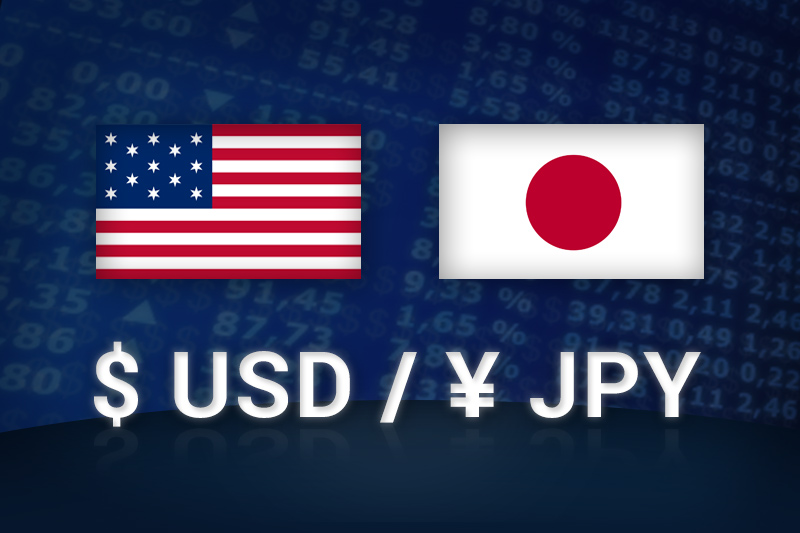Investing.com - The dollar steadied against the yen on Tuesday as investors digested peace attempts in Eastern Europe and in the Middle East, largely avoiding the Japanese currency ahead of the release of key data out of Tokyo.
In U.S. trading, USD/JPY was up 0.02% and trading at 102.21, up from a session low of 102.09 and off a high of 102.37.
The pair was expected to test support at 101.51, last Friday's low, and resistance at 102.92, the high from Aug. 5.
Military conflicts in global hotspots waned over the weekend, which gave the dollar room to post gains against its Japanese counterpart, the beneficiary from recent geopolitical tensions.
Reports that Russia has ended the military exercises it was conducting near the Ukraine border gave the dollar room to rise.
Russian President Vladimir Putin said Moscow is working with the International Red Cross to send humanitarian aid to Ukraine, which also gave the greenback support.
Meanwhile in the Middle East, a 72-hour ceasefire between Israel and Hamas in Gaza took effect on Sunday, which gave the dollar further room to rise by allaying concerns that geopolitical tensions will dampen global growth and possibly prompt the Federal Reserve to take more time analyzing the economy before raising interest rates.
Still, uncertainty over whether ceasefires can last took back some of the dollar's gains, in Ukraine especially, as fears have surfaced that Russian trucks shipping aid into Ukraine may be used as a cover to smuggle in troops for combat missions, which softened demand for the dollar.
The yen, meanwhile, came under pressure as investors braced for the Bank of Japan to publish the minutes of its latest policy meeting, on Wednesday.
Also on Wednesday, Japan is to publish preliminary data on gross domestic product.
The yen, meanwhile, was up against the euro and down against the pound, with EUR/JPY down 0.17% at 136.49, and GBP/JPY trading up 0.12% at 171.75.
The euro softened after the ZEW Centre for Economic Research reported that its index of German economic sentiment dropped to 8.6 this month, down from 27.1 in July. It was the weakest reading in 20 months and came in well below economists’ forecasts of 18.2.
The current conditions Index deteriorated to a seven-month low of 44.3 from 61.8 in July, worse than expectations for a decline to 55.5.
